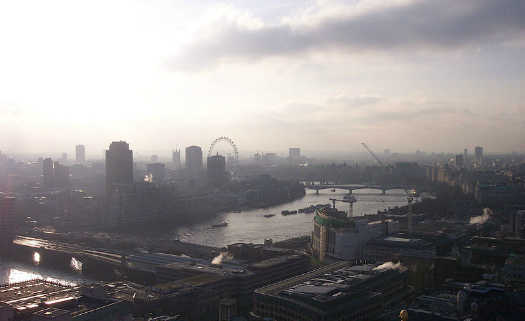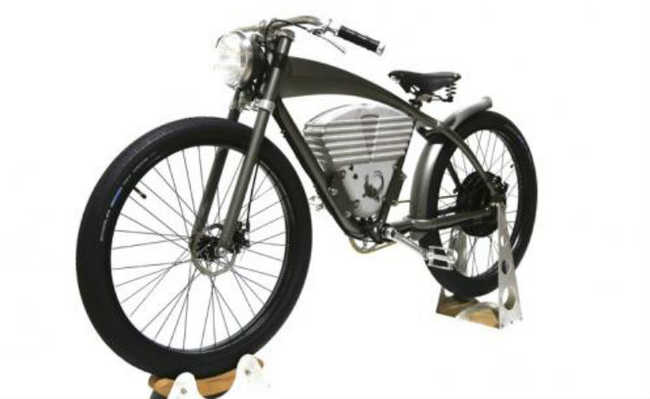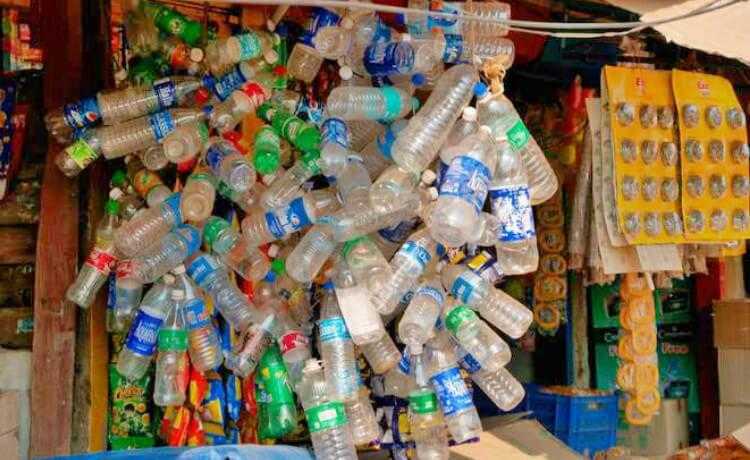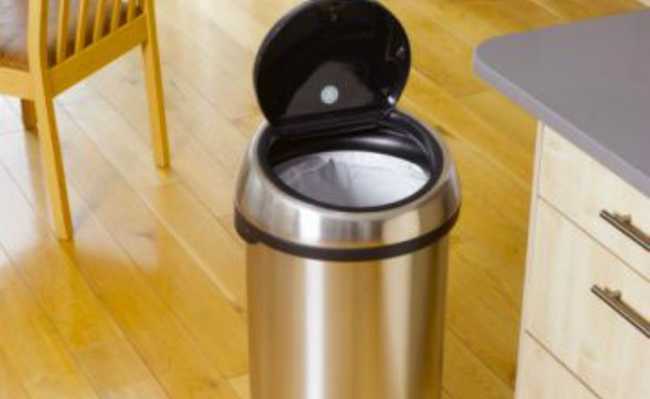Our daily soap
What are soaps? How do they act? And what should we pay attention to?

Detergent, laundry detergent, stone soap, hand soap. Modern life has become much more hygienic and practical with these products, but how do they act and what implications of the chemical reactions of these substances that, in contact with water, can bring to our lives and to the environment in general?
Today, eCycle starts a series of subjects about soaps and, first of all, it is necessary to give a brief chemistry class. But rest assured, nothing complicated.
Soaps are substances called surfactants, that is, they reduce the tension formed between two liquids. Thus, elements such as water and oil lose their ability to remain separate. No wonder we usually use the product for cleaning in general.
How does this happen?
Soaps are produced from the reaction of fats and oils with a base (usually sodium or potassium hydroxide) giving rise to a salt, which is soap, and glycerol, of the alcohol family.
OIL OR FAT + BASE --> GLYCEROL + SOAP
The formula is basically this one from above, however, depending on the base we use, the result is a different type of soap. If we add caustic soda (NaOH), the soap becomes hard like that used for washing clothes. Now, if we put potassium hydroxide (KOH), the soap becomes soft soapy, so it's the most common salt in personal care products.

The cleaning power of soaps
The water, by itself, even takes a clay here and another there from your hands, but when it comes to whitening a Santos, Corinthians, Vasco football shirt, well... of the thousands of teams that wear white shirts, then is another story. Our body releases fat through the skin, which ends up sticking together with the dust, on the fabric of clothes, and to clean this mess, just using a surfactant; water just doesn't do it. In this case, soap plays a key role because it is able to interact with both water (polar substance) and fat (non-polar). Making the "glue" that binds the water and fat molecules to form new clusters, leaving the tissue and going down the drain. Result: clean clothes and dirty water.
Pollution
Now, imagine a country, like Brazil, with 190 million inhabitants who wash their shirts for football, school, work, every week. That's a lot of dirty water! Sabesp data show that in the tank, with the faucet open for 15 minutes, the water consumption can reach 279 liters.
This discharged water, without proper treatment, causes serious impacts on rivers and seas. Soap grime, in some cases, may contain phosphate, which is a nutrient found on a small scale in the environment. When this element is added, on a large scale, to a river's ecosystem, it ends up generating a process called eutrophication.
It means more food for the algae, which grow wildly. This generates lack of oxygen for the fish, changes in PH and darkening of the water, which can cause the death of living beings native to that environment.
What to do?
The correct thing would be to have a good and reliable sewage treatment system that is capable of treating the water properly before it is discharged into the rivers. But this, unfortunately, is far from being achieved.
Stay tuned for upcoming eCycle soap stories! Great tips on the best use of this substance.
Survey: Silvia Oliani










